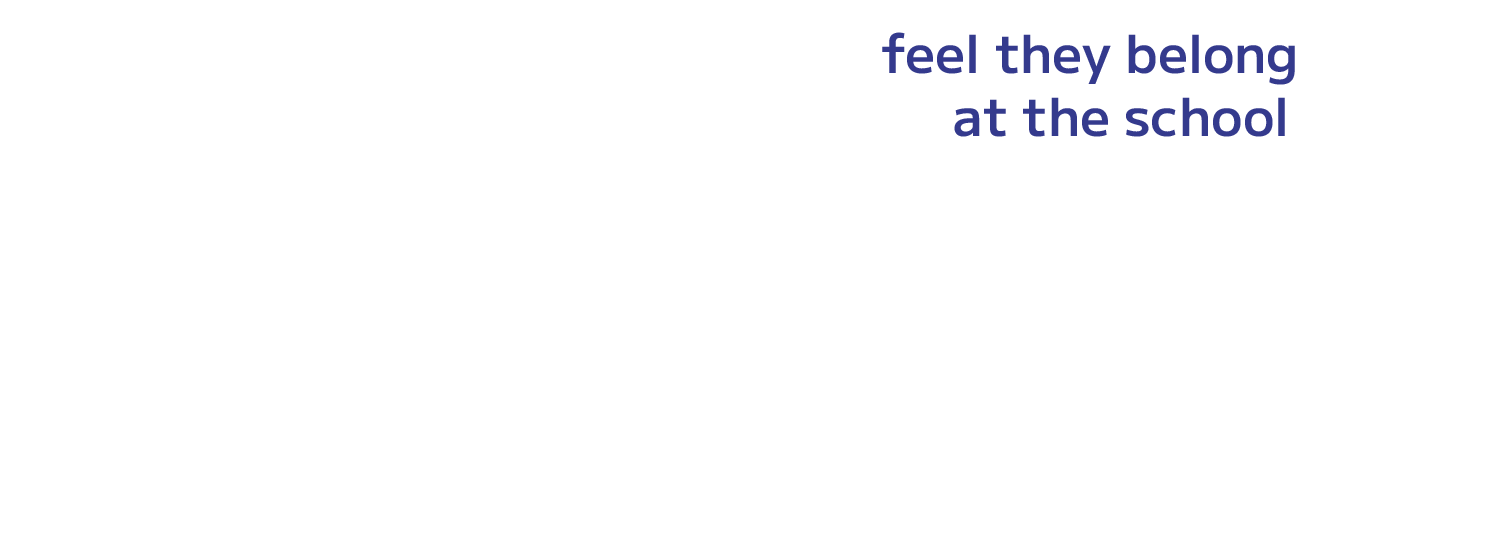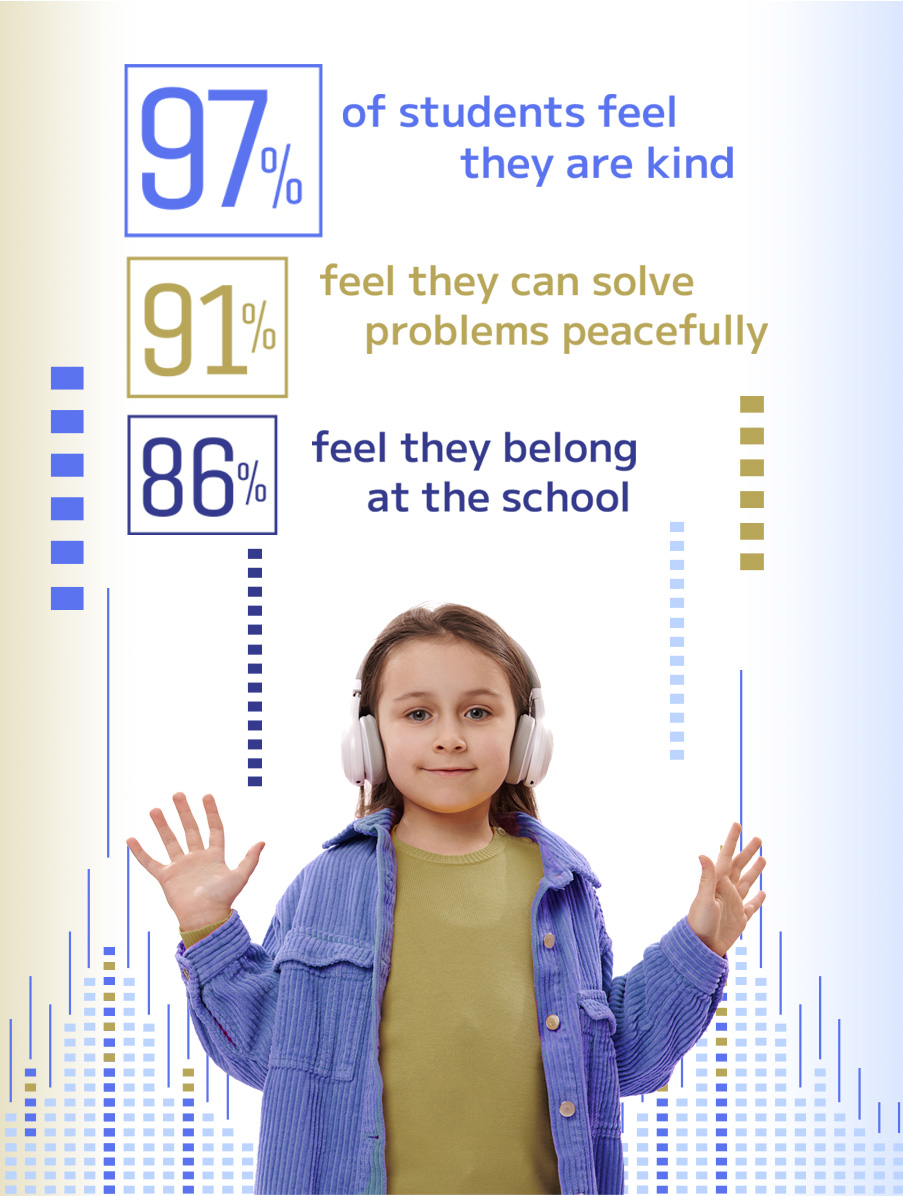School Goal Two
Students will develop strong attendance patterns and engage in meaningful, culturally responsive learning experiences that foster academic success, strengthen family and community connections, and honour Indigenous Ways of Knowing - empowering them to graduate with dignity, purpose, and a sense of belonging.
How can we strengthen connections with students and families both on and off campus to enhance belonging and engagement?
How can we deepen student learning and engagement through Indigenous Ways of Knowing and Being?
The Saanich School District resides on the traditional territory of the W̱ SÁNEĆ people which includes the four local communities of Pauquachin, Tsartlip, Tseycum and Tsawout.
The Individual Learning Centre (ILC) operates two campuses in Broadmead and Saanichton, serving students from across the district - including a high proportion of Indigenous learners. While Indigenous students make up approximately 8% of the overall Saanich School District population, they represent 23% of ILC’s student community. This reflects both the strength of ILC’s connections with Indigenous families and the importance of culturally relevant and responsive education at both sites.
At ILC, local Indigenous knowledge systems are woven throughout the curriculum. This approach allows all students - Indigenous and non-Indigenous alike - to see Indigenous perspectives, strengths, and gifts reflected in their learning and in their school community.
Many students come to ILC seeking a different educational experience - one that is flexible, relational, and grounded in personal growth. Our smaller school settings offer self-paced learning, a personalized approach, and wraparound supports that include transportation assistance, food programs, mental health services, and opportunities for students to explore their values and identity in a safe and caring environment.
Our students:
- Live and learn on the traditional territories of the W̱ SÁNEĆ people;
- Come from rich cultural backgrounds bringing diverse gifts and experiences into the classroom each day;
- Are strong, intelligent, hard-working, and deserving of success;
- Must see themselves reflected in their learning, curriculum, and community;
- Attend and engage more fully when learning is land based and culturally responsive;
- Learn as much outside the classroom as they do within it; and
- All benefit from Indigenous Ways of Knowing and opportunities to connect with the land on which they live and learn.
This focus and our ongoing inquiry into culturally responsive education directly align with the Saanich School District’s Strategic Priority: Indigenous Learner Success and the First Peoples Principles of Learning. Together, we continue to build a learning community where every student feels valued, connected, and supported to thrive.
First Peoples Principles of Learning

The Indigenous Learner Success Goal needs to ensure that:
- Learning is holistic, reflexive, reflective, experiential, and relational (focused on connectedness, on reciprocal relationships, and a sense of place).
- Learning recognizes the role of Indigenous knowledge.
- Learning involves recognizing that some knowledge is sacred and only shared with permission and/or in certain situations.
- Expand course offerings to include more land-based learning, Indigenous content and ways of knowing throughout the curriculum - for example, Science 10, Specialized Science 12, Take a Hike program;
- Providing transportation and food supports to for Indigenous families to reduce barriers for Indigenous families and ensure all students can fully participate in learning;
- Launching an Indigenous Leadership Group at Saanichton campus to strengthen student voice, advocacy, involvement, and environmental stewardship at ILC;
- Revitalising the Indigenous Rain Garden with support from Pacific Rim College - explore opportunities for teaching, counselling and cultural learning beyond the classroom;
- Celebrating our new ILC Raven mascot, designed by W̱ SÁNEĆ artist, Sarah Jim, symbolizing resilience, hope and the power to come back. The Raven reflects both the strength of our students and the cultural significance of the land where our schools are located;
- Building a strong ILC ‘Key People’ team including teachers from Broadmead and Saanichton campuses, Take a Hike program, our Indigenous Teacher, and Indigenous Support Liaison;
- Increase SENĆOŦEN language visibility and use across staff, student, and family communications to celebrate and honour the local language of the W̱ SÁNEĆ people; and
- Expanding inclusive athletics through the ILC basketball team that competes in the W̱ SÁNEĆ 3 on 3 Basketball tournament each year.
- Improved Student Attendance: Demonstrated measurable improvement in attendance patterns,reflecting stronger student engagement and connection to learning.
- Student Voice and Well-Being: Continued collection and reflection on student feedback showing increased feelings of belonging, connection, and trust within the school community and with staff.
- Culturally Responsive Practice: Ongoing staff professional learning and curriculum renewal informed by the voices and experiences of our Indigenous students.
Continuing to refine our practices to ensure they are fully aligned with the First Peoples Principles of Learning, guiding how we teach, learn, and build relationships within our school community.
Expanding athletic opportunities by increasing the number of ILC sports teams, including strong participation from Indigenous athletes. These programs provide inclusive, community-building, and barrierfree opportunities for students to engage in sport, coaching, and mentorship.








